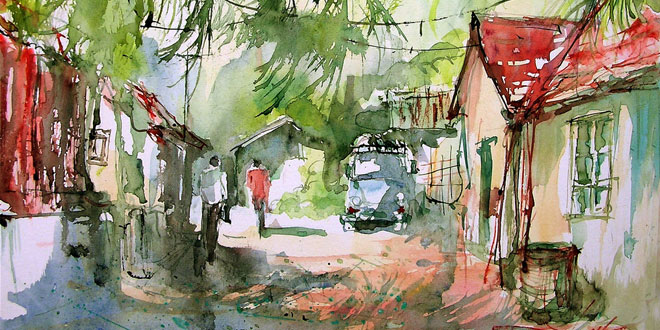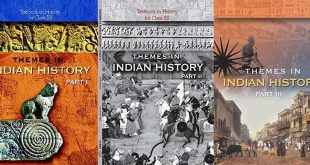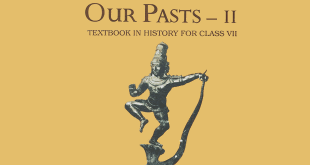Question: What were the terms of the Permanent Settlement? What problems did it pose?
Answer: By the terms of the Permanent Settlement, the rajas and taluqdars were recognized as zamindars. They were asked to collect rent from the peasants and pay revenue to the Company. The amount to be paid was fixed permanently, that is, it was not to be increased ever in future.
But this settlement created problems. The Company officials thought this would ensure a regular flow of revenue into the Company’ coffers and at the same time encourage the zamindars to invest in improving the land. But soon it was discovered that zamindars were not investing in the improvement of land. The revenue had been fixed so high that the zamindars found it difficult to pay. Anyone who failed to pay the revenue lost his zamindari.
By the first decade of the 19th century, the prices in the market rose and cultivation slowly expanded. This meant an increase in the income of the zamindars but no gain for the Company since it had fixed the revenue demand permanently.
Still the zamindars did not show interest in improving thq land. In villages the system proved oppressive for the cultivators. The rent they paid to the zamindars was high and their right on the land was insecure. They had to take loan from the moneylenders in order to pay the rent. When they failed to pay the rent, they were evicted from the land they had cultivated for generations.
Question: What was nij cultivation? What were the problems with it?
Or
Why were planters reluctant to expand the area under nij cultivation till the late 19th century?’
Answer: Under nij cultivation, the planter produced indigo in lands that he directly controlled. He either bought the land or rented it from other zamindars and produced indigo by directly employing hired labourers. Nij cultivation had its drawbacks:
- The planters found it difficult to expand the area under nij cultivation. Indigo could be cultivated only on fertile lands and these were already densely populated. Hence, the planters attempted to lease in the land around the indigo factory and evict the peasants from the area. But this always led to conflicts and tension.
- Labour force was not easily available. A large plantation required a vast number of hands to operate. And labour was needed precisely at a time when peasants were usually busy with their rice cultivation.
- Nij cultivation on a large scale also required many ploughs and bullocks. Investing on purchase and maintenance of ploughs was a big problem. Nor could supplies be early got from the peasants since their ploughs and bullocks were busy on their rice fields, again exactly at the time that the indigo planters needed them.
The planters were therefore reluctant to expand the area under nij cultivation till the late 19th century.
Question: Describe different stages of the production of indigo.
Answer: After the harvest, the indigo plant was taken to the vats in the indigo factory. Three or four vats were needed to manufacture the dye. Each vat had a separate function. The leaves stripped off the indigo plant were first soaked in warm water in a vat, also known as fermenting or steeper vat, for several hours. When the plants fermented, the liquid began to boil and bubble. Now the rotten leaves were taken out and the liquid drained into another vat that was placed just below the first vat.
In the second vat, also known as the beater vat, the solution was continuously stirred and beaten with paddles. When the liquid gradually turned green and then blue, lime water was added to the vat. Gradually the indigo separated out in flakes, a muddy sediment settled at the bottom of the vat and a clear liquid rose to the surface.
This liquid was drained off and the sediment, i.e. indigo pulp transferred to another vat, also known as the settling vat, and then pressed and dried for sale.
 Class Notes NCERT Solutions for CBSE Students
Class Notes NCERT Solutions for CBSE Students




